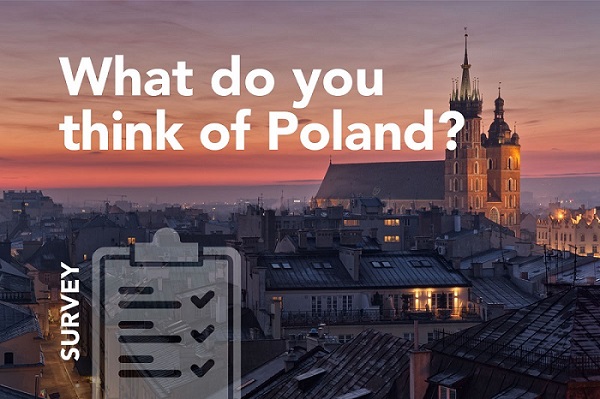Warszawa
The capital of both the Mazovia province and of Poland itself, this is a truly extraordinary city. Situated right in the heart of Europe, at the intersection of Europe’s east-west and north-south transport routes, Warsaw is major economic, academic, cultural and tourist hub with a dazzling array of historical sites and tourist attractions that captivates everyone who visits.
A City Worth Discovering
Warsaw is the epitome of a dynamic European metropolis, its trademarks – besides a rich history – being its open-minded residents, the River Vistula and exceptional cuisine. The Polish capital is a city that is constantly changing, to be discovered anew with every successive visit. And, trust us, you will come back…
Old Town: The Beating Heart of Warsaw
There’s no better place to start your tour of Warsaw than the spectacular Old Town, whose history goes back 700 years. And it will feel as though the buildings are ancient as well, even though the truth, however mind boggling it is to comprehend, is that this incredible part of Warsaw was reconstructed after it was completely destroyed during World War II on – wait for it – the basis of paintings by Canaletto. It was recreated with such attention to detail that it is rightly listed as a UNESCO World Heritage Site. Today, the Old Town is a beguiling, charmingly cosy area with a unique atmosphere and original architectural details, which becomes especially enchanting after nightfall. The Old Town Square is its lifeblood, packed in summer with outdoor cafés and people strolling around, making it one of capital’s most popular spots. A statue of the Warsaw Mermaid, the city’s symbol, stands proudly in the centre. It may well be the only mermaid wielding a sword and shield you’ll ever see. Eleven tenement buildings around the Square are occupied by the Museum of Warsaw, where collections of historical artefacts tell the incredible story of the city and its residents. Another historical treasure trove is found in the nearby Gothic St. John’s Cathedral, with tombs of the last Dukes of Mazovia, plaques in memory of Polish patriots and statesmen, and the Chapel of Cardinal Stefan Wyszyński, often referred to as “Primate of the Millennium”.
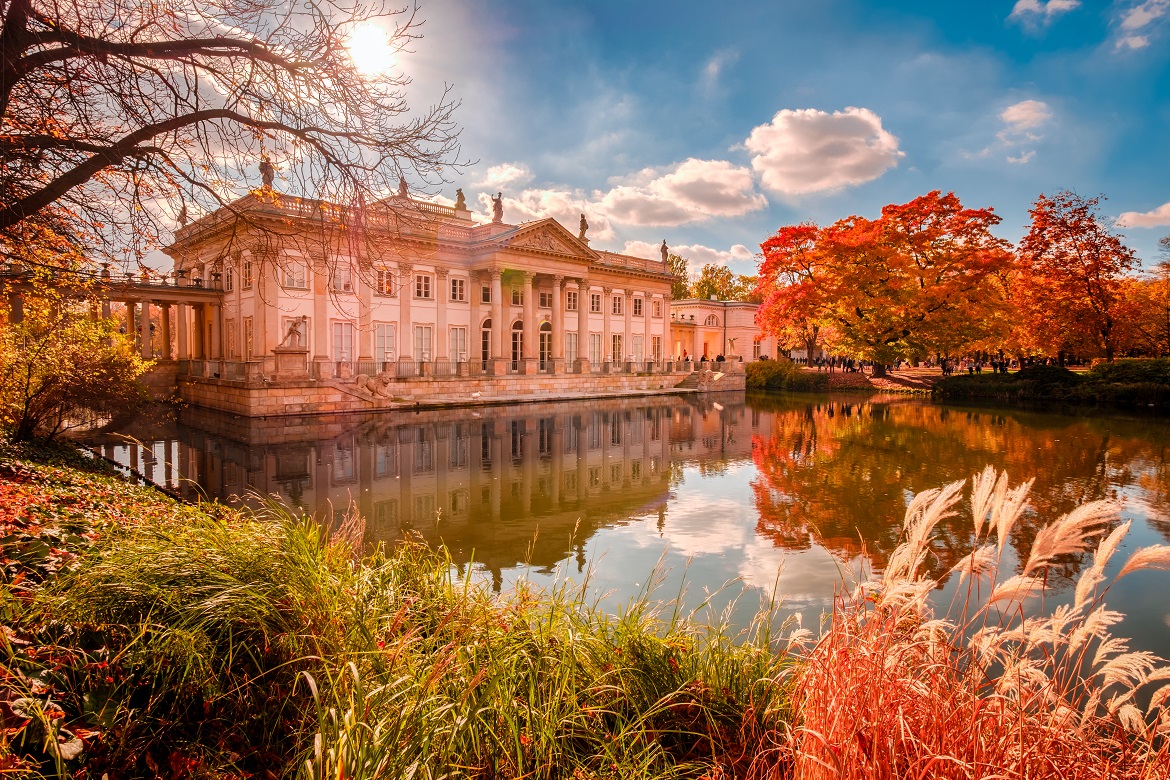
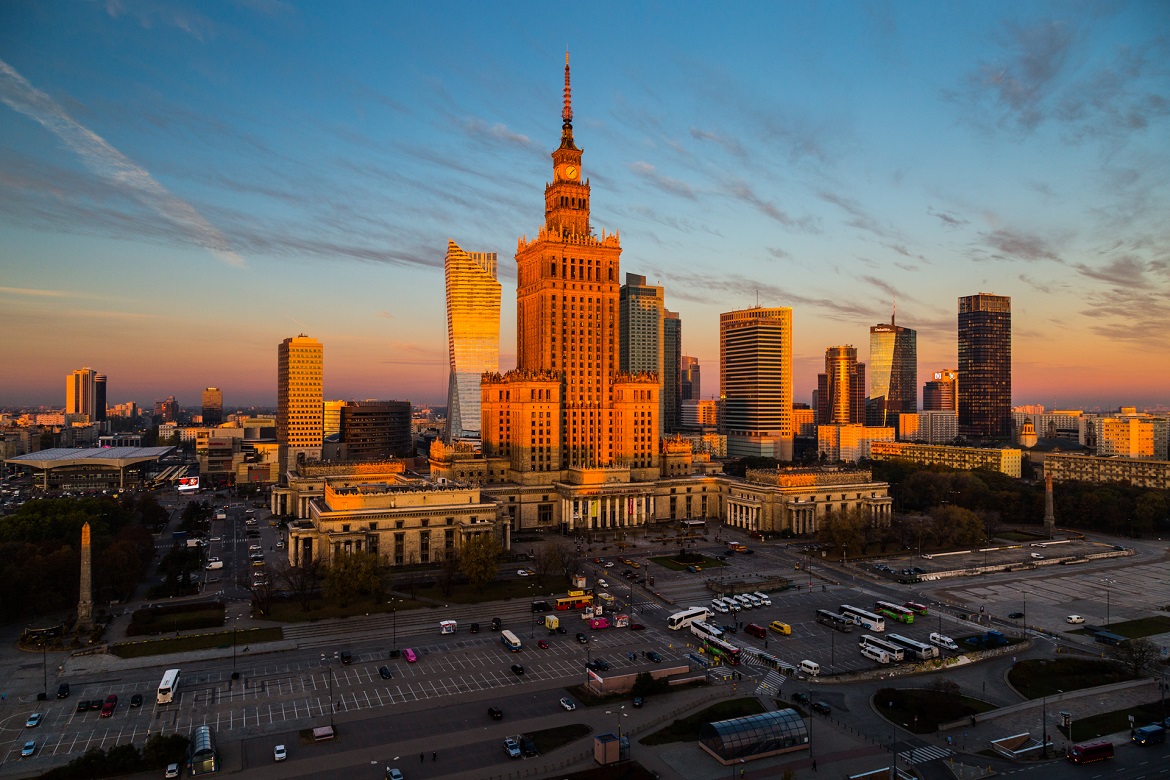
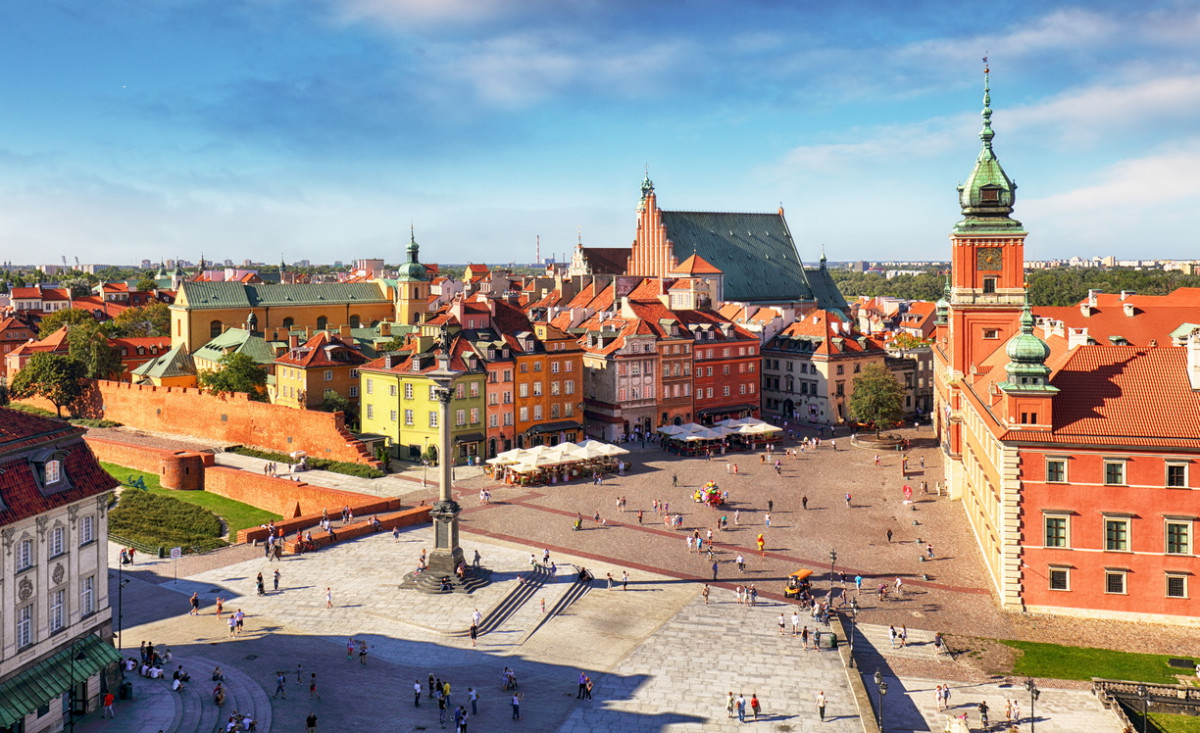
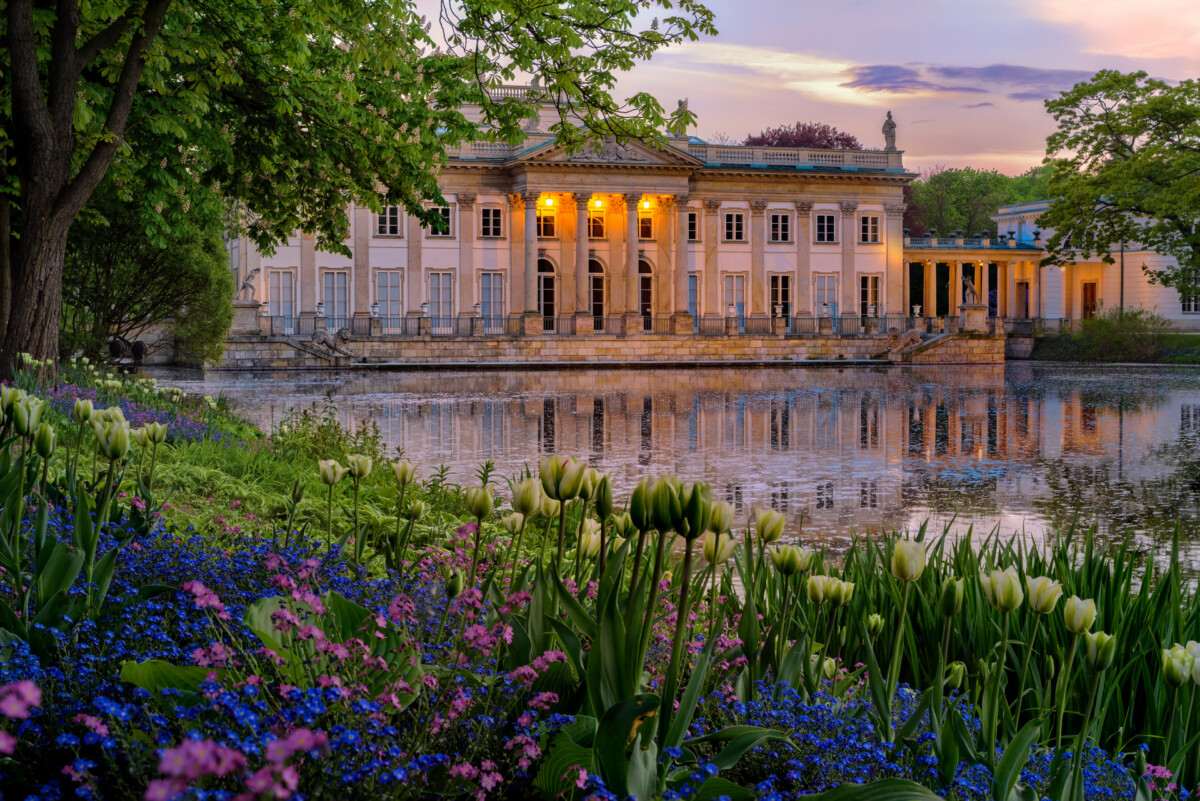
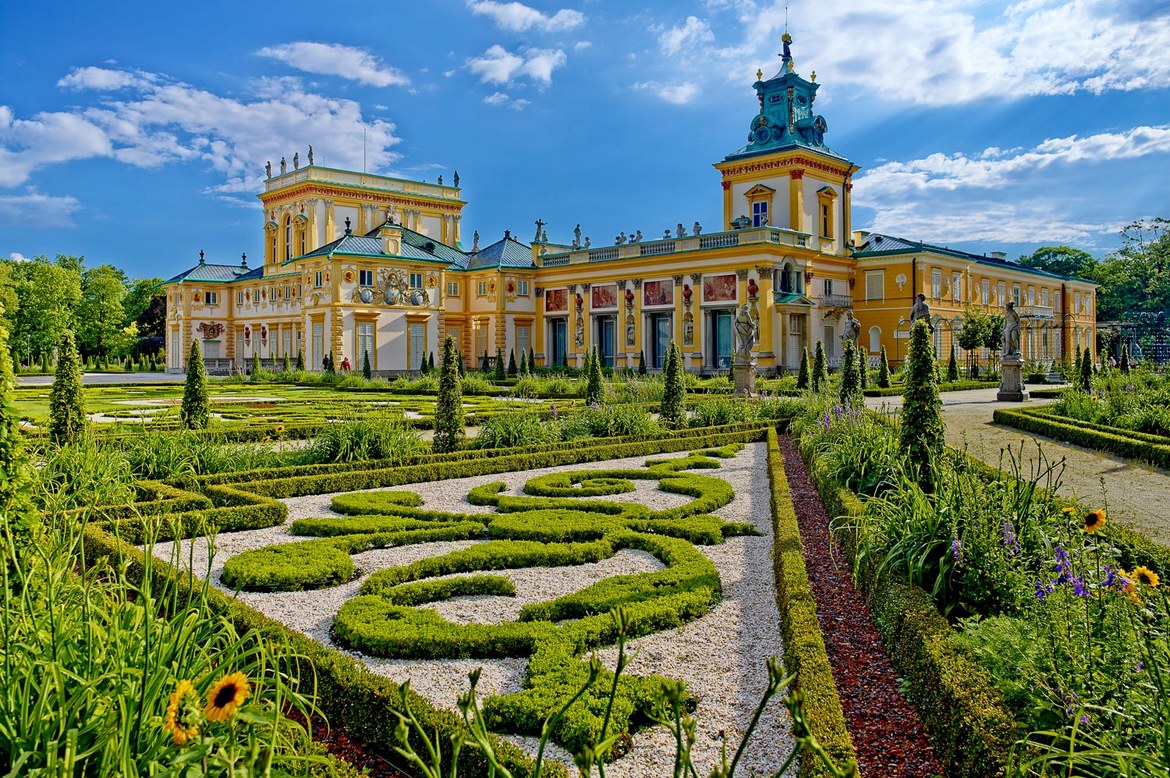
Along the Royal Route
Warsaw was the seat of Polish rulers for centuries, as evidenced by impressive historical buildings lining the well-known Royal Route: The Presidential Palace, the Ministry of Culture and Art, the Academy of Fine Arts and the University of Warsaw as well as elegant former royal residences. Among these is the stunning Baroque Royal Castle, the official residence of Polish kings from the 16th Century onwards, where you can see royal insignia and thrones as well as paintings by famous artists, including Rembrandt, Canaletto and Matejko. The nearby Sigismund Column is Poland’s most famous monument and a favourite meeting place of Warsovians and tourists alike. Another royal residence on the Royal Route is the chic, classical Palace on the Water in Royal Łazienki Park. If you visit its lavish interiors, do check out the paintings from the collection of Poland’s last king, Stanisław Poniatowski. Free piano concerts take place at the Fryderyk Chopin monument in the park every Sunday in summer, which draw in people from near and far. The Royal Route ends at the former residence of King Jan III Sobieski in Wilanów. In this vivid yellow Baroque palace surrounded by spacious gardens, richly decorated and furnished chambers show how the palace’s successive wealthy owners lived and how they upheld the memory of the king who famously won the Battle of Vienna. Interestingly, this was one of the only buildings not damaged during the war.
Tracing Recent History
The phenomenal Palace of Culture and Science, built in an Art Deco-meets-Stalinism style, stands in the very heart of Warsaw and has become a modern icon of the city. Towering over 230 metres into the sky, it is visible from practically every corner of the capital, and houses a theatre, cinema, museums, cafés and the main Tourist Information Point. An unbeatable panorama of Warsaw can be viewed from the observation deck on the 30th floor, including some spectacular new skyscrapers and both banks of the River Vistula. After World War II, this socialist-realism style of architecture was applied to most newly built monuments, public buildings and even entire districts. Examples of this include the MDM hotel near around Konstytucji Square and the Muranów estate, built on the ruins of the Warsaw Ghetto.
A tourist route running through the historical Jewish district will take you to the über-modern multimedia POLIN Museum of the History of Polish Jews, the Umschlagplatz (where the Germans transported Warsaw’s Jews to the Treblinka concentration camp), a fragment of the wall separating the ghetto from the “Aryan side”, and plaques in the pavement marking where the ghetto boundary used to be. The eventful and dramatic history of the city can also be experienced at the interactive Warsaw Rising Museum. It documents the 63-day heroic struggle of Warsovians against the occupying forces during World War II. The tragic events of 1944 changed the Polish capital in every possible way forever and heavily influenced its present-day character.
Respite on the Vistula
For a welcome break from all the noise, hustle and bustle of the big city, head on down to the waterfront. The riverbanks are one of the biggest drawcards of Warsaw; clean, well-kept beaches attract both sports fans and those searching for somewhere to rest, while the boulevards with their bike paths, observation decks, a mini-beach and river marinas are appreciated by locals and tourists of every age. In summer, people flock to the Multimedia Fountain Park to watch the spectacular laser shows inspired by Warsaw legends about Wars and Sawa, the Story of Basilisk, and Syrenka, the Warsaw Mermaid.
The nearby Copernicus Science Centre is also worth seeing, as is the multi-level garden on the roof of the University of Warsaw Library, from where you can enjoy fantastic views of the Praga district.
The right or east-bank part of Warsaw was culturally, ethnically and religiously diverse for centuries. As it was, fortunately and almost miraculously, not destroyed during World War II, it is now considered to be the most authentic part of the city. Whilst taking a walk along its streets, look out for surprises in the most unexpected of places – discover shrines hidden away in the courtyards, seek out the original murals found in the area, and of course, pop along to visit the Polish Vodka Museum in the renovated Koneser centre in Praga district, fittingly a former distillery. As evening falls, the Saska Kępa neighbourhood is a great place to combine taking in some stunning examples of modernist architecture with a well-deserved stop at one of the many great eateries serving flavours from around over the world.
Flavours of Warsaw
Among its many titles, Warsaw is also the undisputed culinary capital of Poland. Its many bars and restaurants include “milk bars” established back in communist times, as well as Michelin star restaurants. Hala Koszyki and Hala Gwardii are among the trendiest spots nowadays, with dozens of restaurants and bars. Anyone with a sweet tooth is really going to enjoy this city: local bakeries and cafés serve Warsaw’s traditional wuzetka cakes (a yummy chocolate and cream layered combination), Wedel chocolate and natural ice cream. Breakfast markets and food truck rallies as well as the Fine Dining Weekend and Restaurant Week festivals are also quite popular. There is literally an endless list of reasons to visit Warsaw. What are you waiting for?

